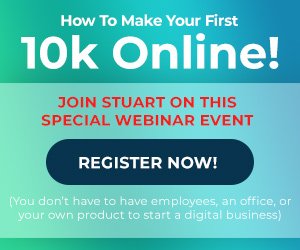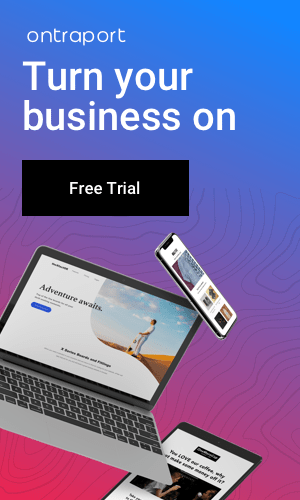How Do Facebook Ads Work?
Facebook Ads operate on a bidding system. Advertisers set a budget and bid for ad placements based on their chosen objectives, such as clicks or impressions. The ads are then shown to users who fit the targeting criteria in their News Feed, Instagram feed, Stories, Audience Network, or Messenger. The ad’s performance is measured, and adjustments can be made in real-time to optimize for better results.
The Most Important Options for Targeting Facebook Ads
- Demographic Targeting: Define your audience based on age, gender, location, education, and more.
- Interest Targeting: Reach users based on their interests, hobbies, pages they like, and activities.
- Behavioral Targeting: Target users based on behaviors such as purchase history, device usage, or travel patterns.
- Custom Audiences: Utilize existing customer data like email lists or website visitors for more targeted ads.
- Lookalike Audiences: Create new audiences similar to your existing customer base for increased reach.
Who Should Advertise On Facebook?
Any business, regardless of size, can benefit from Facebook Advertising. It’s particularly effective for those looking to increase brand awareness, drive website traffic, generate leads, or boost sales. The diverse targeting options make it suitable for businesses in various industries.
Business Model and Long Sell Cycle or Small Purchase
For businesses with a long sales cycle, Facebook Ads can be used strategically at different stages to nurture leads. Conversely, businesses with small purchases can focus on immediate conversions. The key is to align ad objectives with the specific needs and behaviors of your target audience.
You Should Not Rely on One Big Purchase. Several Small Purchases Are Fine
Diversifying your ad strategy to encourage multiple small purchases can contribute to a more sustainable and steady revenue stream. This approach is often effective for e-commerce businesses or subscription-based services.
How to Identify Facebook Ads
Broad Category Identification
Identify ads by looking at their overall category, such as product ads, service promotions, or event announcements. Understand the general nature of the ad before delving into specifics.
Detailed Identification of Interest
Explore detailed interests within a category. For example, within “travel,” interests could range from adventure travel to luxury vacations. This step helps in understanding the niche and refining targeting.
Facebook Ads Deep Dive Advanced Guide: Interest Targeting
Explore advanced interest targeting by delving into specific niches within a broader category. This involves identifying micro-interests and behaviors that align closely with your target audience.
Facebook Lookalike Audience
Leverage Facebook’s Lookalike Audiences to expand your reach by targeting users who share similar characteristics with your existing customers. This advanced targeting method enhances the chances of reaching a receptive audience.
Redirecting with Facebook Ads
Use Facebook Ads to redirect users to specific landing pages or product pages. This ensures a seamless journey from the ad to the desired conversion point, optimizing the user experience and increasing the likelihood of conversions.
Facebook Ad Images
Optimize ad images by ensuring they are visually appealing, relevant, and in line with your brand identity. High-quality images capture attention and contribute significantly to the overall effectiveness of the ad.
People Photos
Incorporate images featuring people to add a human touch to your ads. Photos with real faces can evoke emotions and create a connection with the audience, increasing engagement and click-through rates.
By understanding these aspects of Facebook Ads and implementing them effectively, you can create targeted, visually appealing campaigns that resonate with your audience, ultimately driving the desired actions on your website or landing pages.



